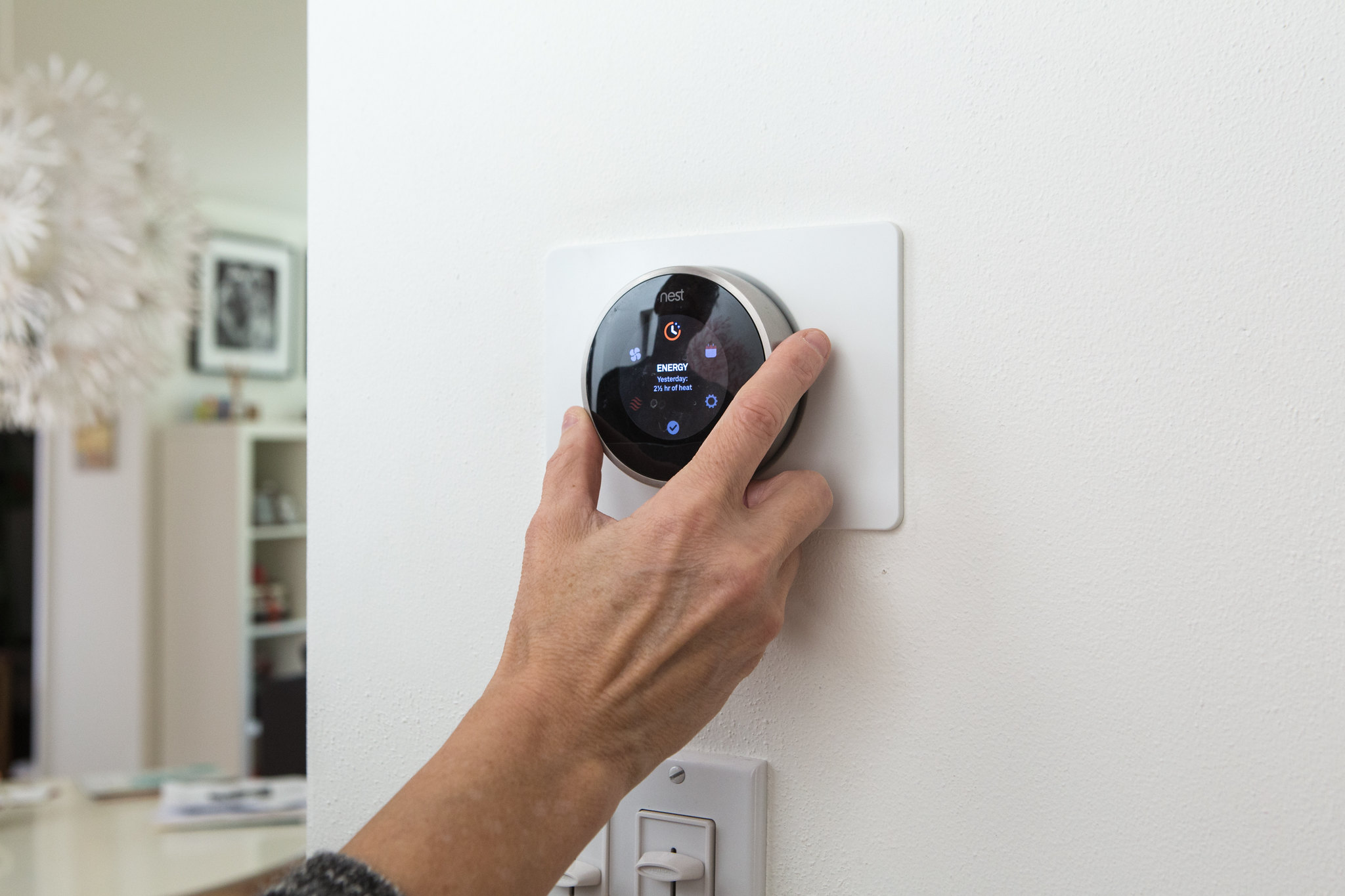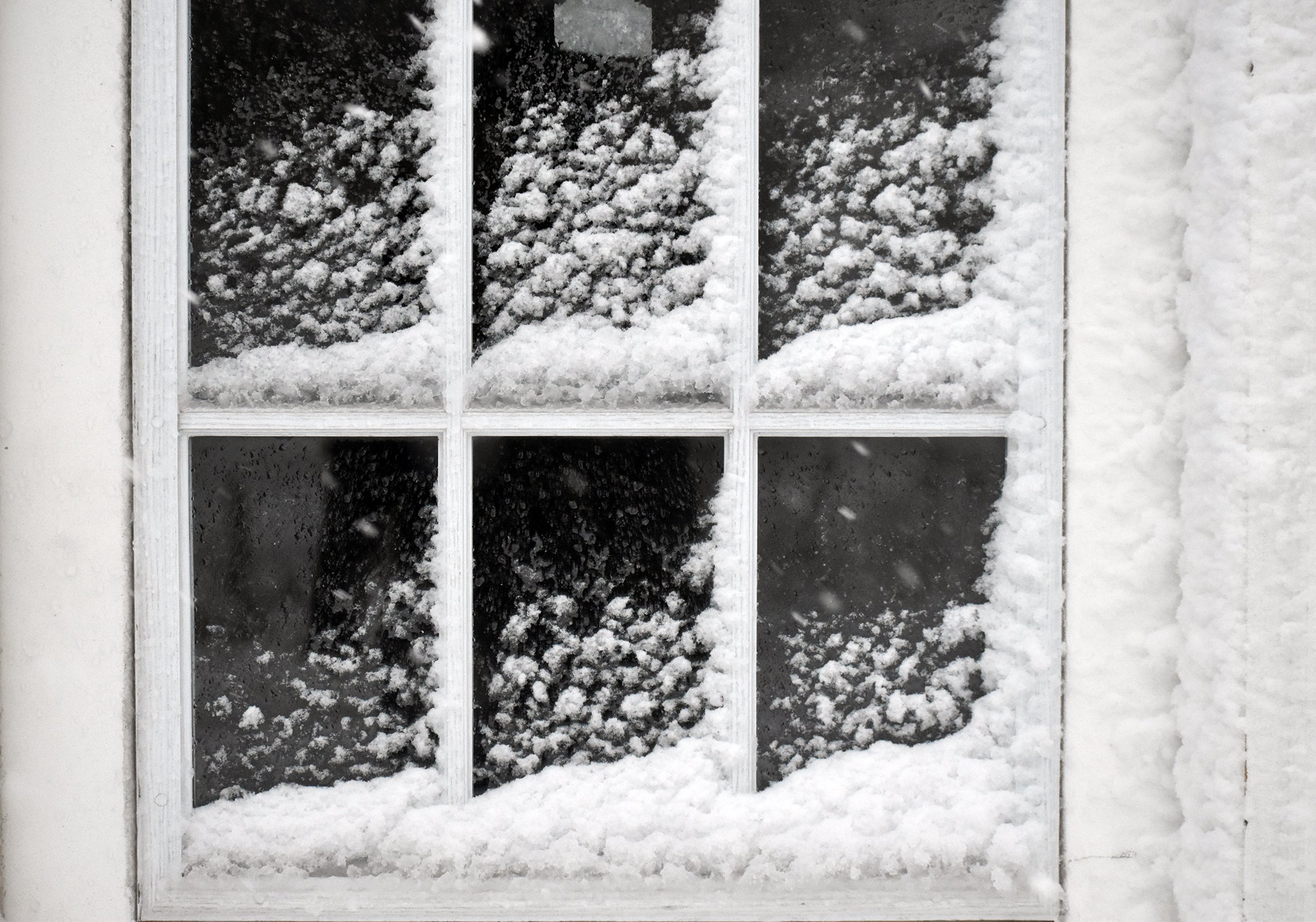Imagine that you are coming home from work after doing some shopping for dinner. You struggle to find your keys and then to unlock the front door without dropping your bags of groceries. The house is dark and cold. You use your elbows to fumble for the light switch, dropping some groceries that you need to step around as you walk over to adjust the thermostat. Sound familiar?
Then imagine that you arrive at the same house with the same groceries. You unlock the door with a code — no keys necessary. Once inside, the house turns on a pathway of lights to the kitchen — no elbows necessary. The home’s temperature is automatically adjusted to your preference. You vocalize a request for music from your favorite artist and it immediately begins playing through your whole home speaker system. Sound better?
Fully integrating our residences with the latest technology — making them smarter — keeps George Webster, the general manager of Suess Electronics in Appleton, busy. Especially since, as Webster explained on “The Larry Meiller Show” recently, “most of our homes are actually quite dumb.”
Stay informed on the latest news
Sign up for WPR’s email newsletter.
Webster said that understanding what a smart home isn’t is just as important as understanding what it is. “What a smart home is not,” describes Webster, “is just going to a hardware store and purchasing a Wi-Fi light bulb or a smart thermostat. A smart home needs to be a way that we integrate the technology we already have in our homes but make it easy to use for the whole family.”
Webster said many of us have already, if unknowingly, taken the first steps toward a smart home. “We all have a phone full of apps,” said Webster. “But what if we could have a single app that rules them all, where our house anticipates our needs and takes things we do every day and simplifies it? That’s really the definition of a smart home.”
The list of technologies that many of us already have in our homes that can be programmed to be automated and to integrate with each other — to become smart — is long. Security, lighting, music and other entertainment, and heating and air conditioning are just a few.
To make the concept simpler, Webster compared our homes to our cars. “Our modern homes should be like our modern cars,” said Webster. “Everyone has a car with a centralized air conditioning system. The headlights turn on when it’s dark out. They turn off when you turn the car off. You have a centralized sound system in your car.”
Webster said not only does a smart home make our lives easier, but it can make a home a sustainable home. “For example, if someone puts in a smart lighting system, we recommend setting the lights at no more than 90 percent,” explains Webster. “The human eye doesn’t perceive the difference between 90 and 100 percent of light. So right there you are using 10 percent less electricity.”
Webster’s showroom partners with an automation company called Control4 to offer what he calls a “modular” system. “That means you can just get the parts of the system you find interesting and then add on to it later,” said Webster. A homeowner doesn’t have to pay for whole home music if what they want is a smart thermostat or lighting controls. That helps to keep the costs down.”
One misconception that Webster wants to change is that smart home technology is only for new homes. “I live in a home that’s literally more than 100 years old, and I can integrate these systems into my home,” said Webster. “It’s not difficult. For example, if we were interested in putting some smart lights in someone’s home, the existing wiring stays, the existing physical fixtures stay. But the light switches get changed to switches connected to the central processor of the system. That processor does the work.”
One requirement for all smart home technology is strong Wi-Fi. “Sometimes people have their router that they bought in 1997 and they’re still using it,” said Webster. These smart systems are not going to be happy with that.”
For anyone interested in making their homes smarter, Webster suggests seeing the technology in action. “We have a 1,200 square foot model home in the middle of our showroom. It shows off the various bits of technology that one can integrate into their homes. It’s a much more powerful way of explaining it than simple discussion.”
Webster said smart homes are here to stay and that the concept is meant to appeal to everyone. “This is not something that’s just fun or interesting for hobbyists. This is designed to simplify and change our lives.”

